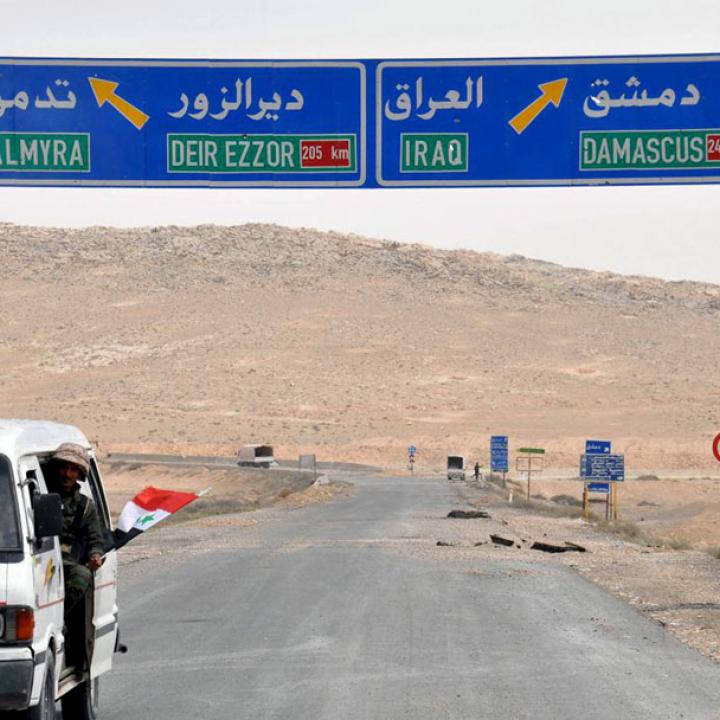

Washington's best option is to let the Assad regime expend its energy pushing out toward the Euphrates while preparing for the advance to stall, as it appears likely to do.
The game for who will rule eastern Syria after the Islamic State is on. On May 18, the United States destroyed a military convoy allied with Syrian President Bashar al-Assad after it ignored repeated warnings to stop its advance on al-Tanf, a U.S. and British special operations base on the Syrian-Jordanian border. The base is covered under the October 2015 U.S.-Russian deconfliction agreement, which established a hotline for avoiding direct military confrontation between Russian- and U.S.-backed forces in Syria. This came a few days after the Russian base at Khmeimim had declared that its air force, along with Iranian military advisers, would support Assad's troops in their attempt to push east, clearing the road from Damascus to Baghdad and preventing the formation of a U.S.-supported buffer zone in eastern Syria. All of this followed Washington's announcement on May 9 that it would provide heavier weapons to the Kurdish factions of the Syrian Democratic Forces (SDF) to help them take ISIS' capital, Raqqa -- enraging U.S. ally Turkey. Such actions are nominally about fighting ISIS. But the various actors in Syria are increasingly thinking about what comes next, with an eye toward the weaknesses of the other side...
Foreign Affairs



